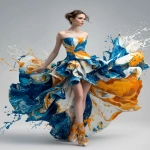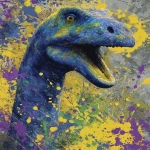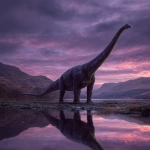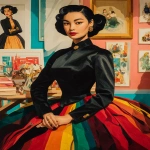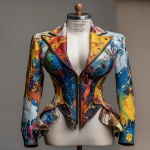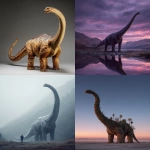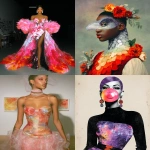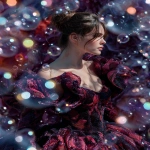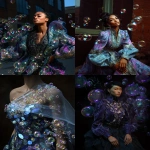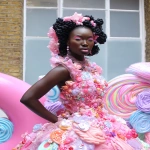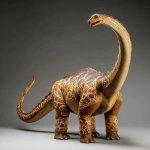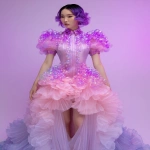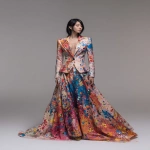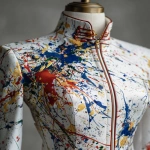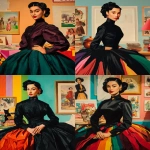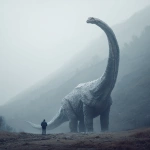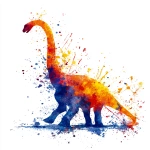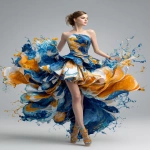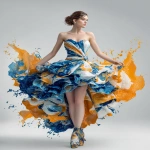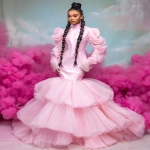Explore the Best AI Image Gallery
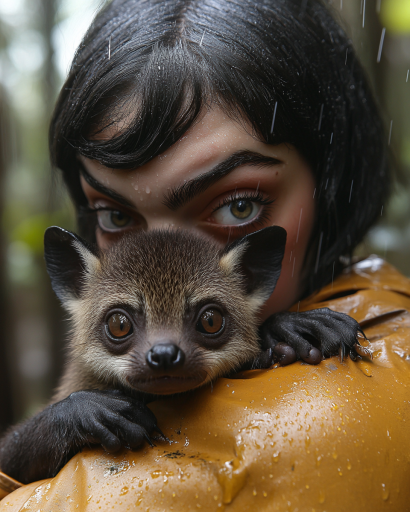
AI-Generated Art: A New Frontier in Creativity
The marriage of artificial intelligence (AI) and art has opened up unprecedented opportunities for creators and enthusiasts alike. AI-generated images are not just a novelty; they are transforming the very fabric of the creative industry. As technology advances, artists discover new ways to engage with their medium, pushing boundaries and redefining what art can be. This blog post explores the multifaceted impact of AI-generated images on art, their practical applications, ethical debates, and the future of artistic expression in an increasingly digital world.
The Evolution of AI in Art
From early algorithms that produced basic shapes to sophisticated neural networks capable of generating lifelike images, AI has significantly evolved over the years. Today's AI algorithms can analyze vast datasets, learn artistic styles, and create unique interpretations that mirror or innovate upon human creativity. Platforms such as DALL-E and DeepArt have begun to democratize art production, allowing individuals without traditional artistic skills to create stunning visuals with prompt-based systems. This evolution leads to several potential uses in various fields:
- Commercial Design: Companies are leveraging AI to create logos, promotional visuals, and marketing materials quickly and efficiently.
- Game Development: AI-generated images assist in designing game environments, characters, and assets, reducing development time.
- Fashion: AI is being used to generate new clothing designs, thus contributing to the rapid turnover of fashion trends.
- Film and Animation: AI-generated imagery aids directors and producers in visualizing scenes and characters, streamlining the creative process.
Impact on the Creative Industry
AI-generated images have stirred varied reactions within the art community. Some artists embrace this technology, viewing it as a new tool for inspiration and exploration. Others, however, express concerns about the authenticity of AI art and its implications for traditional artistry.
Artists integrating AI tools into their workflows have reported enhanced creativity. AI can analyze styles or themes from history, providing artists with a broader palette from which to draw inspiration. Moreover, collaborating with AI can lead to surprising and innovative results that challenge conventional artistic boundaries.
Ethical Considerations
While AI-generated art offers exciting possibilities, it also raises significant ethical questions that warrant discussion. Key issues include:
- Copyright and Ownership: Who owns the rights to an artwork generated by an AI? If an algorithm creates an image based on thousands of existing artworks, what implications does this have regarding copyright infringement?
- Bias in Algorithms: AI systems learn from existing datasets. If these datasets are limited or biased, the AI can perpetuate stereotypes or exclude underrepresented groups in art.
- The Definition of Art: As AI continues to create, the question arises: Does art require a human touch to hold value, or can AI-generated pieces be regarded as legitimate art?
Future Trends in AI Art
The trajectory of AI in the art world is still being shaped, but certain trends are becoming evident. We can anticipate:
- Collaborative Platforms: More accessible tools that integrate AI into traditional artistic practices will likely emerge, bridging the gap between human creativity and machine learning.
- AI as a Curator: AI algorithms could play a role in curating exhibitions, selecting artworks that resonate with specific themes or historical contexts.
- Advanced Personalization: Expect art and design to become more personalized as AI learns individual preferences, producing artworks tailored to unique tastes.
- Decentralized Creation: Blockchain technology may enable greater transparency in copyright and ownership issues, allowing artists to register their AI-assisted creations more securely.
Conclusion
AI-generated images represent an exciting development in the world of art and creativity. While challenges and ethical concerns persist, the potential for innovative collaborations between artists and AI is profound. As we embrace this new frontier, there will undoubtedly be a transformative effect on the artistic landscape, calling us to rethink the definition of art and the role of technology in creative expression. Whether as a tool or a collaborator, AI is here to stay, and its influence will continue to evolve as we navigate the intersection of art and technology.
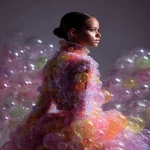

](https://images.ai-img.art/thumbnails/150/27ed7cc7f8e7ef3f32a18c7ada4b4aecaa454aedbcee7e3895096c7da8813694.webp)

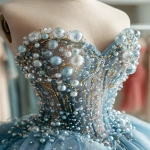

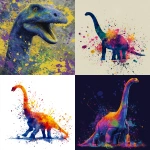
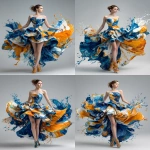

](https://images.ai-img.art/thumbnails/150/f5b8a01f67685d87891983fdbbcfff905b6c48b223804747ce6d33560d19c332.webp)

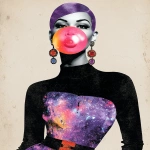
](https://images.ai-img.art/thumbnails/150/0b828d3c3ce7db7d72ed73f402cb06187fd32c990a57bd3d7bf2640c83bed932.webp)
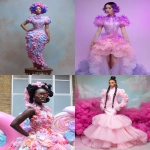
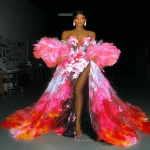
](https://images.ai-img.art/thumbnails/150/e1616b3605f16c3d90530aa2e6ad9065e0c3c759519c4ce7558c7866f249a113.webp)
